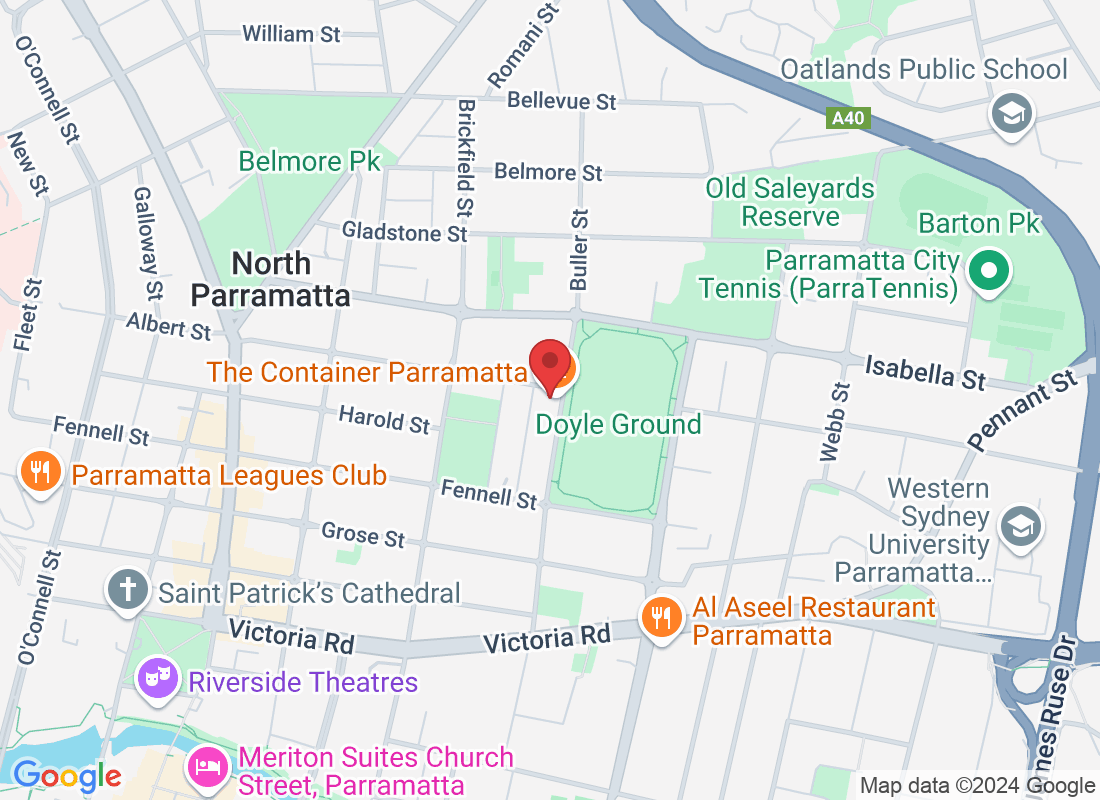
Sciatica or General Back Pain? How to Tell the Difference and Get Relief
Lower back pain is a common complaint, but not all back pain is the same. Some people experience general discomfort, while others feel sharp, shooting pain that radiates down the leg. This could be sciatica, a condition caused by irritation of the sciatic nerve. Understanding the difference between sciatica and general back pain is crucial for effective treatment and relief. In this blog, we’ll explore how to identify sciatica, how it differs from other forms of back pain, and how physiotherapy can help you recover.
What Is Sciatica?
Sciatica is a condition caused by compression or irritation of the sciatic nerve, the longest nerve in the body. This nerve runs from the lower back, through the buttocks, and down each leg. When irritated, it can cause sharp, shooting pain that radiates from the lower back down one leg. Other symptoms may include numbness, tingling, or weakness in the affected leg, and pain that worsens with prolonged sitting or sudden movements like coughing or sneezing. Sciatica is usually caused by underlying conditions such as a herniated disc, spinal stenosis, piriformis syndrome, or spondylolisthesis.
General Lower Back Pain: What Makes It Different?
Unlike sciatica, general lower back pain usually remains localised to the lower back and doesn’t cause nerve-related symptoms like leg pain or tingling. It is often a result of muscle strains, postural issues, or degenerative changes in the spine. Muscle strains from overuse, improper lifting, or poor posture are among the most common causes. Conditions like degenerative disc disease or facet joint irritation can also contribute to persistent discomfort. Prolonged sitting and inadequate core strength can further exacerbate lower back pain, making daily activities more challenging.
How to Identify Sciatica vs. General Back Pain
One of the primary distinctions between sciatica and general back pain is pain location. Sciatica typically causes pain that extends from the lower back down one leg, sometimes reaching the foot. The pain is often sharp, shooting, or electric-like. In contrast, general lower back pain is usually described as dull, aching, or stiff and does not radiate down the leg. Sciatica may also be accompanied by numbness, tingling, or muscle weakness in the affected leg, which is not typical of general back pain. Additionally, certain activities can help differentiate the two. Sciatic pain often worsens with prolonged sitting or movements like coughing and sneezing, while general lower back pain tends to flare up after standing or engaging in specific activities that strain the lower back.
How Physiotherapy Can Help With Sciatica and General Back Pain
Physiotherapy is a highly effective treatment for both sciatica and general back pain, helping to reduce pain, restore movement, and prevent recurrence. A physiotherapist will tailor a treatment plan based on your condition, but here are some common techniques used for relief.
1. Manual Therapy for Pain Relief
Physiotherapists use hands-on techniques to reduce pain and improve mobility, including joint mobilisation, soft tissue massage, and nerve mobilisation. These techniques help restore movement in stiff or restricted joints, relieve muscle tightness, and gently stretch and release the sciatic nerve to reduce irritation.
2. Targeted Exercises for Strength and Flexibility
For both sciatica and general lower back pain, targeted exercises play a key role in long-term relief.
For sciatica, nerve glides can help improve sciatic nerve mobility, while stretching exercises, such as the piriformis stretch, can relieve pressure on the sciatic nerve. Core strengthening exercises like planks and pelvic tilts provide better spinal support and reduce nerve compression.
For general lower back pain, mobility and strengthening exercises are essential. The cat-cow stretch increases spinal mobility, child's pose gently stretches the lower back, and glute bridges help strengthen the core and lower back muscles, reducing strain and improving stability.
3. Postural and Ergonomic Advice
Many cases of back pain are linked to poor posture and prolonged sitting. A physiotherapist will help by adjusting your sitting posture to reduce strain on the spine, recommending an ergonomic chair or lumbar support, and teaching proper lifting techniques to avoid back injuries.
4. Pain Management Techniques
Depending on the severity of pain, physiotherapists may use heat or ice therapy to reduce inflammation and relax muscles, TENS (Transcutaneous Electrical Nerve Stimulation) for pain relief, and dry needling to relieve muscle tension in the lower back or piriformis.
When to See a Physiotherapist
You should seek physiotherapy if you experience persistent or worsening lower back pain, sciatic pain that lasts more than a few weeks, numbness, tingling, or muscle weakness in your leg, or pain that interferes with daily activities or sleep. Early intervention can prevent chronic issues and speed up recovery.
Final Thoughts
Understanding the difference between sciatica and general lower back pain is key to finding the right treatment. Sciatica often involves nerve pain that radiates down the leg, while general back pain is usually localised. Physiotherapy provides a safe and effective approach to relieving pain, improving mobility, and preventing recurrence through manual therapy, exercises, and postural education.
If you're experiencing persistent back pain or sciatic symptoms, don’t wait—book a physiotherapy appointment today and take the first step towards relief and recovery



